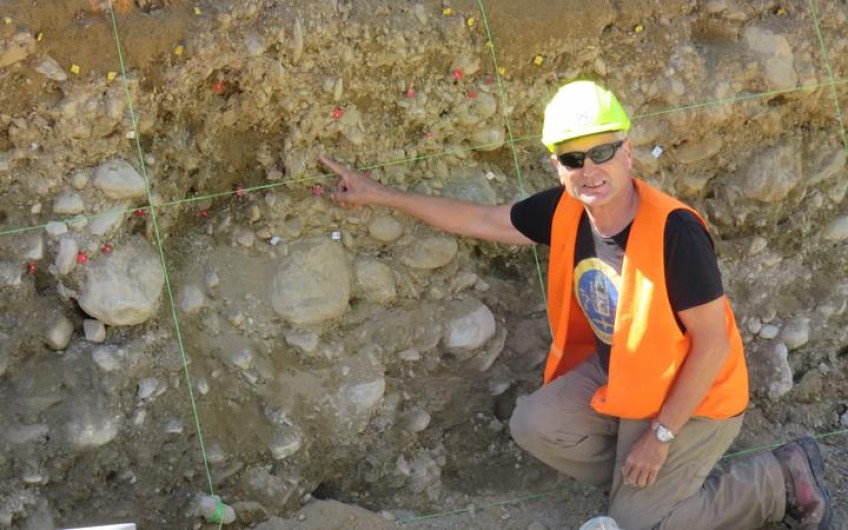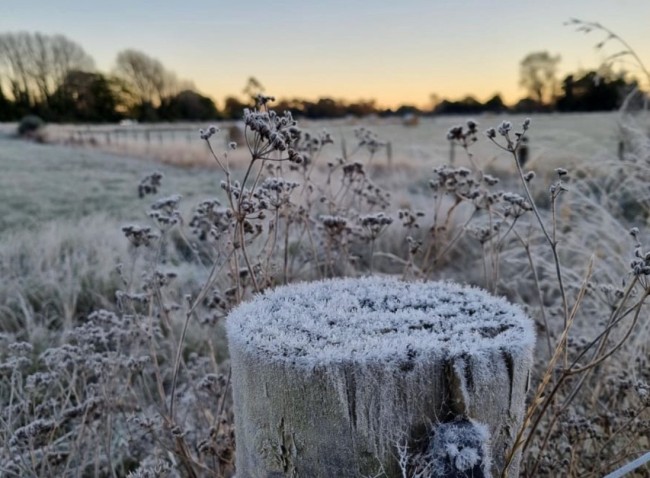
Nevis-Cardrona fault could produce Christchurch scale quake
The Nevis Fault in western Otago could rupture and cause an earthquake similar in size to that of the 2010 Darfield event, new research shows.
The EQC-funded seismic research involved a University of Otago team digging two 25 metre long trenches high in the Upper Nevis Basin, south of Queenstown, to gain a better understanding of the fault and greater Nevis-Cardrona fault system.
The combined fault system stretches for about 100km from Lake Wanaka to near Garston in Southland, and has the potential to produce an earthquake well into the magnitude 7 range; with the new research finding evidence of at least two major prehistorical events.
Lead researcher Mark Stirling says they found evidence of the sediment layers being broken up, warped and thrust over each other, which would have been produced by significant seismic events.
"People in Otago and Southland usually only think about the Alpine Fault when they think about earthquakes, but we now know that there are major faults in low-seismicity areas that could produce a major event."
The University of Otago team led by Stirling with postdoctoral scholar Dr Jack Williams and a team of students and colleagues returned from the Upper Nevis Basin this week.
They re-excavated near sites that were investigated by New Zealand Geological Survey seismologists in the 1980s, but carbon dating technology in 1980s did not allow scientists to create any timelines.
"The early studies of the Nevis-Cardrona system and neighbouring faults were the first of their kind in New Zealand, and we are building on that knowledge, because we now have new sediment dating technologies to analyse the samples."
Stirling said knowing the timings of the prehistoric earthquakes will be hugely valuable to better understand the fault system, but hastens to add that they need a lot more data to forecast the timing of the next event with any degree of confidence.
"To create probability models to forecast the likelihood and timing of the next event, like can be done with the Alpine Fault, you would need a lot more than just two earthquakes."
He said the faults of Otago and Southland generally have long time periods between earthquakes, and can show great variability in behaviour through time.
"But if the Nevis-Cardrona system were to rupture, we'd most definitely see a large earthquake and most of Otago and Southland would feel it.
He said awareness of earthquake hazards was often not as pronounced in low seismicity areas, which could really intensify the impact of a future event.
Stirling said the Canterbury Plains were seismically quiet until the Darfield earthquake, and hoped that better knowledge and awareness of local seismic hazards will help Southerners be better prepared than Canterbury was in 2010.
EQC research manager Natalie Balfour said the Queenstown Lakes District is one of the fastest growing areas in New Zealand with a huge amount of new housing and infrastructure development.
"EQC supports this type of research because it is important for developers, local councils, and the public to understand and manage potential seismic hazards."

























